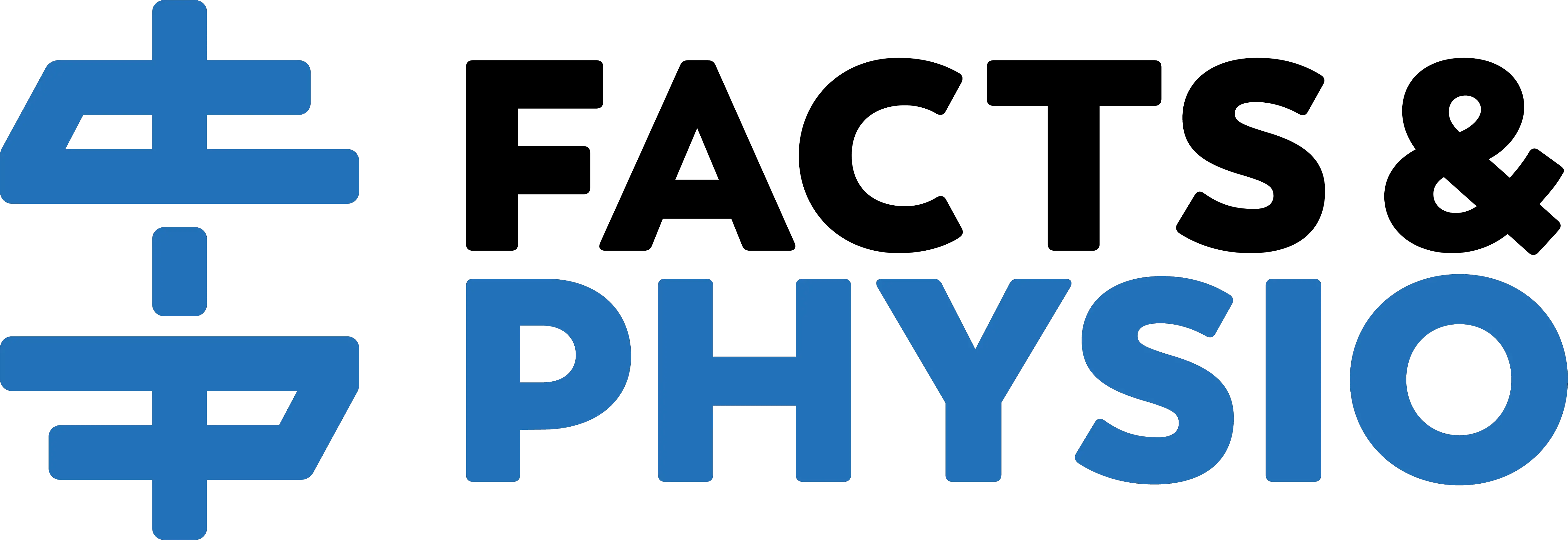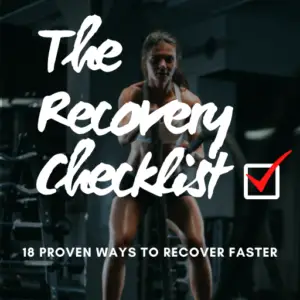Sharks terrify me. Maybe it stemmed from watching Jaws. Or seeing too many Shark Week episodes.

However it started, I’m leery of swimming in the ocean.
Nothing to Fear?
Sharks pose a tiny risk to humans. Just 82 shark attacks occur worldwide every year, causing only 8 deaths.
I’m more likely to die from a dog bite, or bee sting, or a lightning strike than from a shark attack.

But I’m still thinking about sharks when I dip my toes in the ocean.
It’s no different with sunburns and spine pain:
We struggle with calculating risk. So we fear the wrong things.
Worse Than A Sunburn
Sure, it’s probably smart to wear sunscreen and not get sunburned (Sander 2020). Though experts still debate whether sunscreen offers much protection against skin cancer (Berwick 2007).
Research shows avoiding sunshine is worse than a sunburn (Hoel 2016). Insufficient sun exposure poses major risks for mental health, physical health and vitamin D deficiency.
The takeaway: It’s smart to avoid sunburns. But data shows that too little sun exposure is more dangerous (Alfredsson 2020).
Fear and Spine Pain
Pain generates fear. And fear amplifies pain. With spine pain, usually “the only thing to fear is fear itself.”

Low back pain is rarely a serious problem. Even pinched nerves in the neck usually heal on their own. And sciatica rarely requires invasive treatments like injection or surgery.
Fear causes more problems than tissue damage – especially with chronic pain.
Fear of movement is linked to slower recovery and higher rates of chronic pain. Fear is one reason it’s a bad idea to get an MRI for acute, general back pain.
Panic and getting unnecessary imaging are two back pain treatment mistakes that delay recovery.
As a physical therapist, a huge part of my job is reassuring clients, calming fears and easing them back into their normal activities – after I screen for red flags (i.e. signs that spine pain is serious).
When we hurt, our brain tries to protect us. So naturally we panic, stop moving and expect the worst.
Do This Instead
1) See a Physical Therapist
Thanks to direct access, you don’t need a doctor’s note to see a PT. Physios are trained to look for red flags and refer patients who need more tests and treatments than PT can offer.
Plus, getting PT first for low back pain has many proven benefits. It’s likely your best option.
2) Stay Calm
Deploy your favorite stress relief strategies and find ways to stay positive. It’s proven to accelerate your recovery.
3) Keep Moving
Active approaches work best for spine pain. Ask your PT about how much pain is OK during movement, and stay active within those parameters.

For more evidence-based health tips you won’t find anywhere else, join the free, fast-growing Facts & Physio Newsletter. Plus, get The Recovery Checklist when you sign up.

